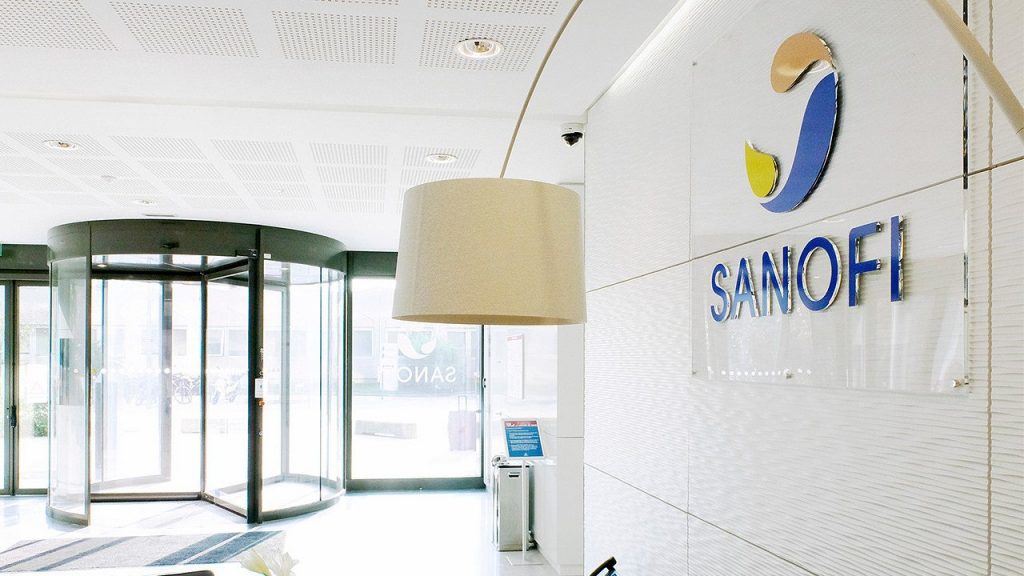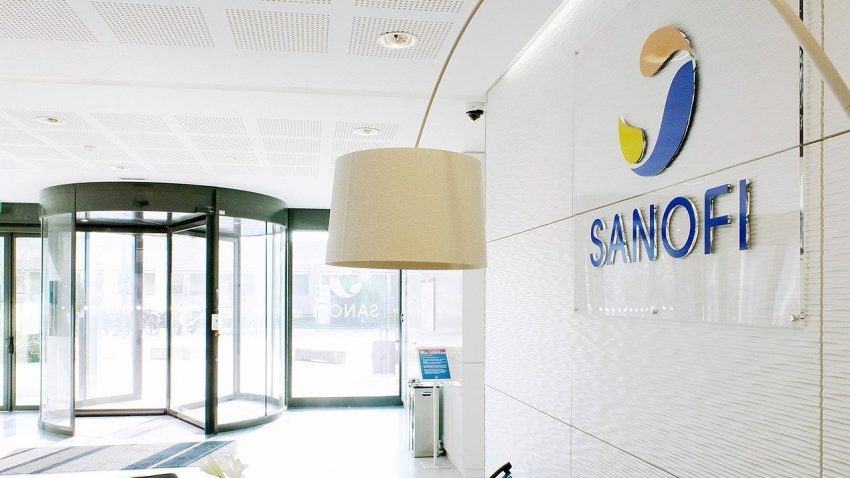Not all flu shots are created equal. That’s the message Sanofi wants to convey as it pushes the Centers for Disease Control and Prevention’s Advisory Committee on Immunization Practices (ACIP) to revise its influenza guidelines for older adults for the first time in more than a decade.

Specifically, the drugmaker wants ACIP to update its recommendations in favor of Sanofi’s Fluzone high-dose shot for adults ages 65 and older.
ACIP’s flu vaccine recommendations for American seniors have been static since 2010, Michael Greenberg, M.D., North American medical head for vaccines at Sanofi, said in an interview. The industry has learned a lot since then—about influenza itself as well as differentiated flu shots, Greenberg explained.
A standard-dose flu vaccine, covered by ACIP’s current recommendations, doesn’t work as well in older people because their immune systems don’t work as well, Greenberg said. That’s why Sanofi is asking the experts to recognize the stronger efficacy of its higher-dose offering.
At an ACIP meeting Wednesday, Sanofi shared years of data showing its Fluzone High-Dose vaccine, which is indicated for people over the age of 65, is more efficacious than a standard flu shot dose.
RELATED: Sanofi’s simplified brand opens a fresh chapter as new strategy, pandemic help turn the page
As for why it’s taken ACIP so long to update its recommendations, flu is a “tricky” scientific topic, Greenberg said. “There’s variability from year to year,” he said, adding that “vaccines work differently depending on the season” and “how well the vaccine may be matched.”
ACIP is evaluating three vaccines as it looks to update its recommendations, two of which—Fluzone and Flublok—come from Sanofi. Then there’s Seqirus’ Fluad, which is a standard vaccine with an adjuvant, Greenberg explained.
Sanofi’s pair of differentiated flu vaccines have demonstrated superiority over a standard-dose vaccine in control trials in older adults, Greenberg said. Fluad doesn’t yet boast comparable data.
Sanofi argues the current lack of guidance for high-dose shots confuses providers and individuals seeking a flu vaccine, and it also leads to inequities in healthcare access.

